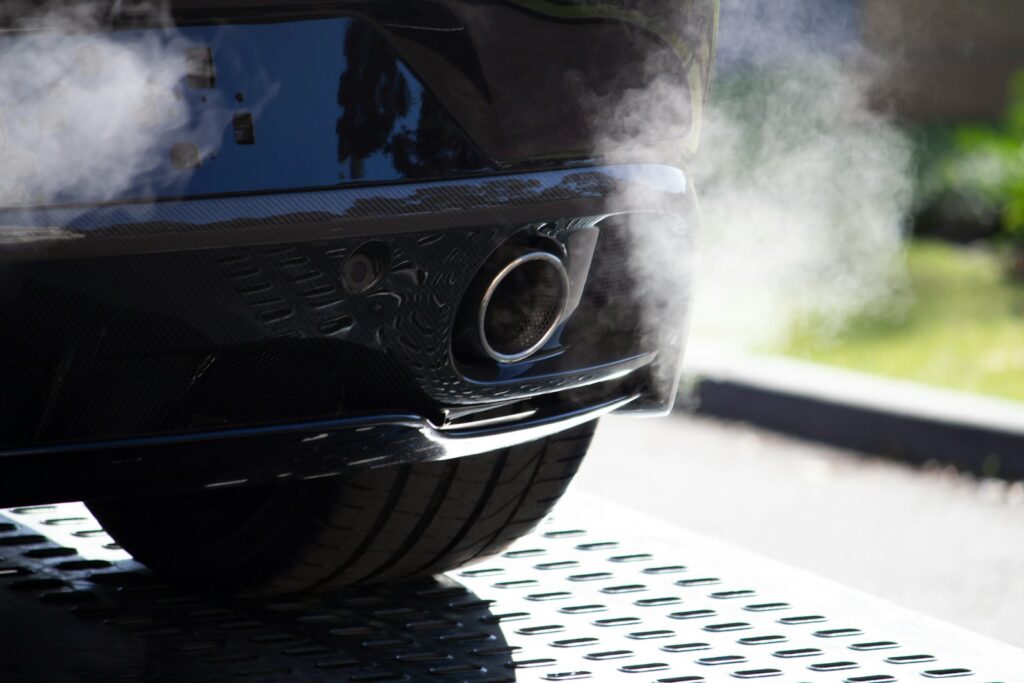Carbon Monoxide
Categories

To prevent CO (carbon monoxide) poisoning, install CO alarms on every level of your home and outside each sleeping area. Keep all fuel-burning appliances, chimneys, and vents well-maintained and clear of debris. Never run a car or generator in a garage, and do not use a gas stove or charcoal grill for heat.
Home safety
- Install CO alarms: Place alarms on every level of your home and near sleeping areas. Test them monthly and replace batteries regularly.
- Maintain appliances and vents: Have a qualified technician inspect your furnace, fireplace, and other fuel-burning appliances annually. Ensure all chimneys and vents are clear of snow and debris.
- Use generators outdoors: Place generators and other gas-powered equipment at least 20 feet away from doors, windows, and vents.
- Avoid indoor heating with fuel-burning appliances: Never use a gas stove, oven, or charcoal grill to heat your home.
- Ventilate properly: Ensure any space where you use a fuel-burning device is well-ventilated. Do not use unvented portable heaters or lanterns in enclosed areas like tents or campers.
Vehicle safety
- Never run vehicles in enclosed spaces: Do not leave a car running in a garage, even with the door open, because exhaust fumes can accumulate.
- Check the exhaust system: Have your car’s exhaust system inspected regularly.
Additional prevention
- Be aware of symptoms: Recognize symptoms like headaches, dizziness, nausea, and flu-like feelings that get better when away from the home, as these can be signs of CO poisoning.
- Use professional-grade equipment: When working around unavoidable CO sources, use appropriate personal monitoring equipment.
